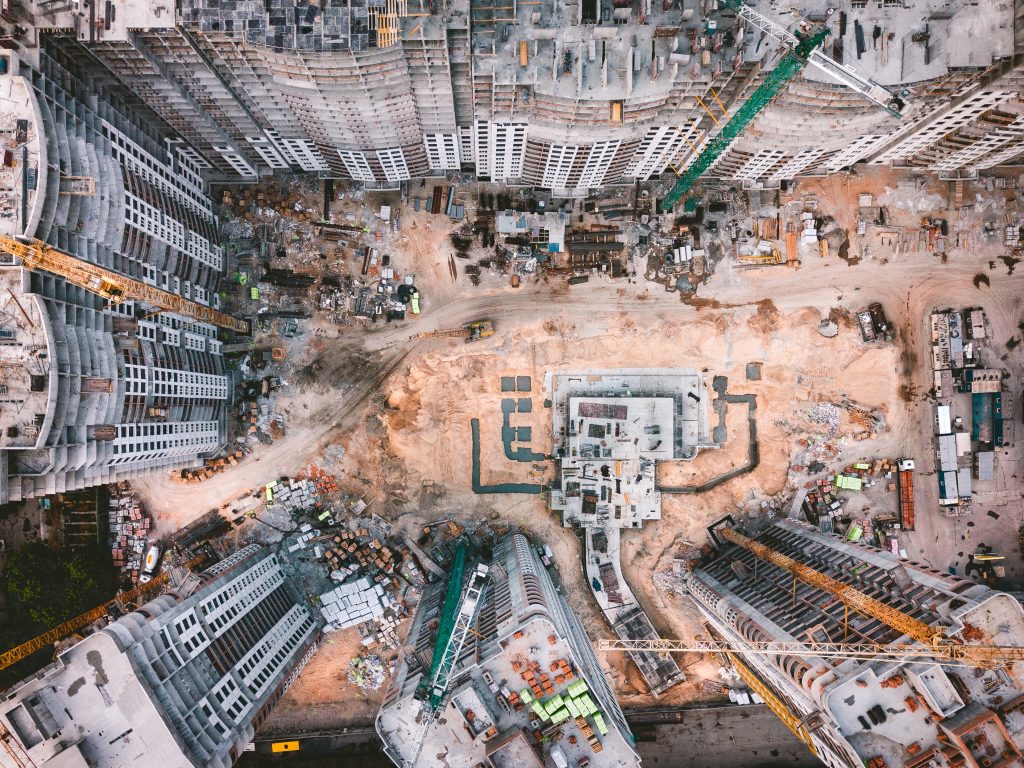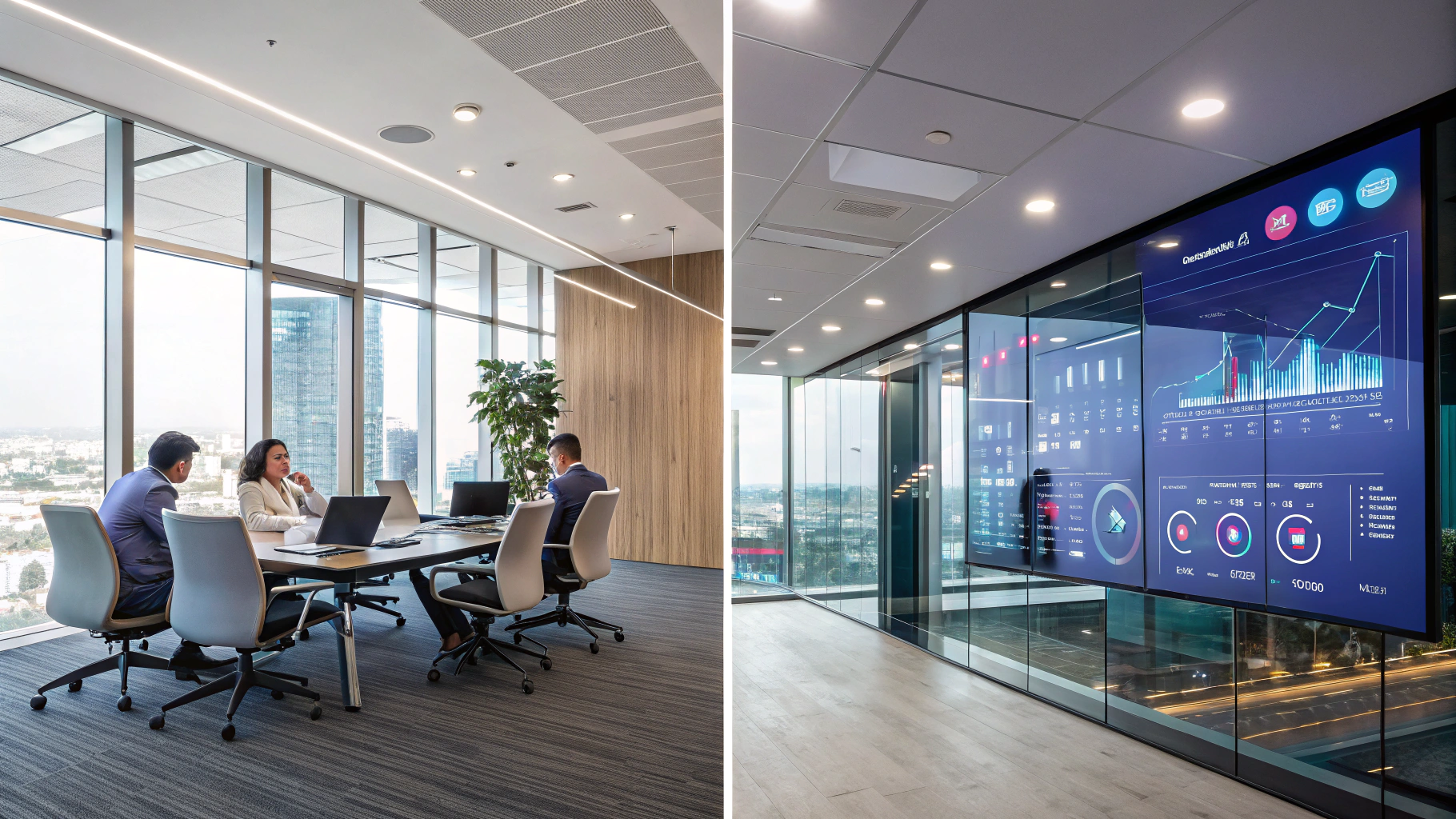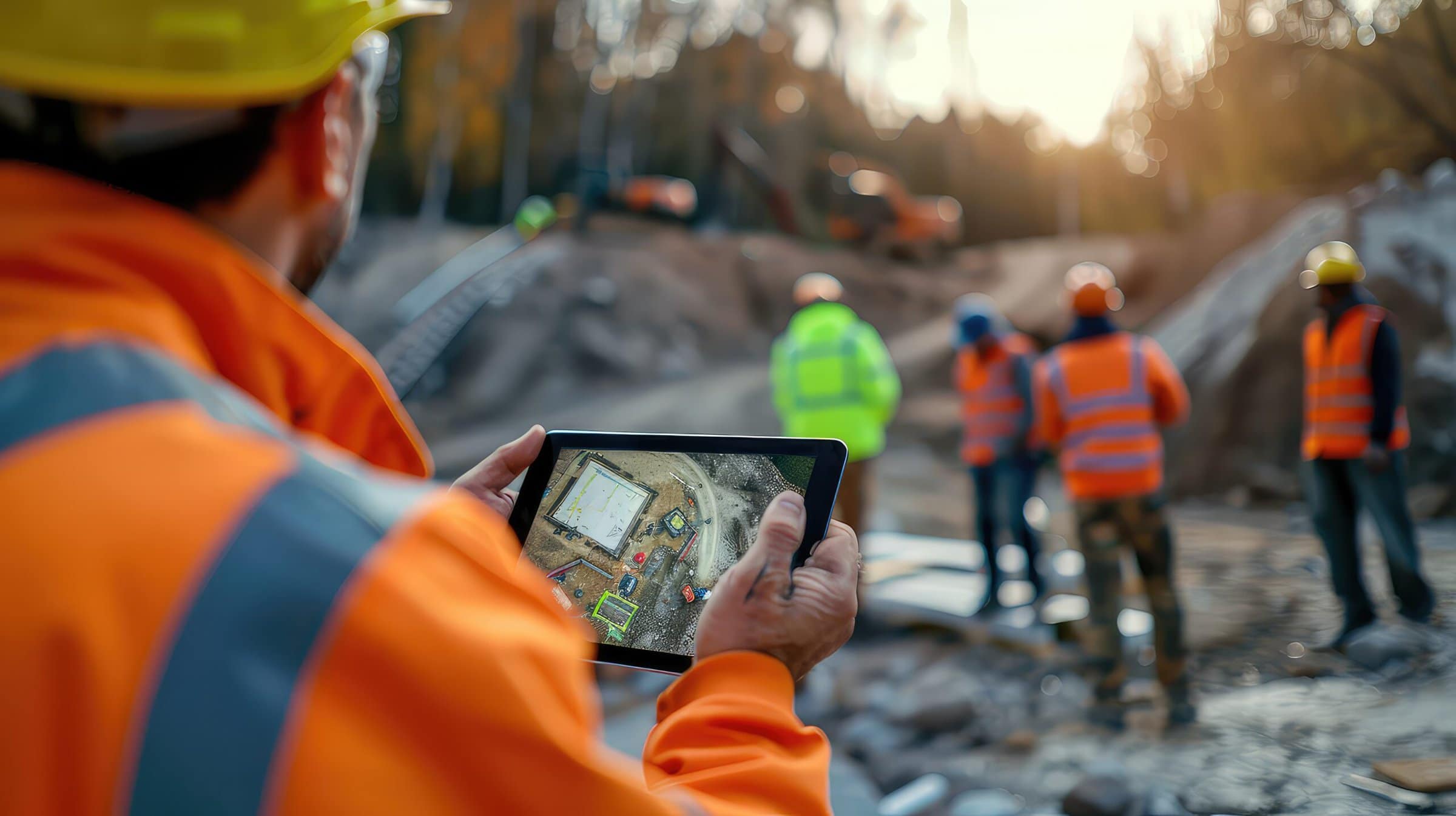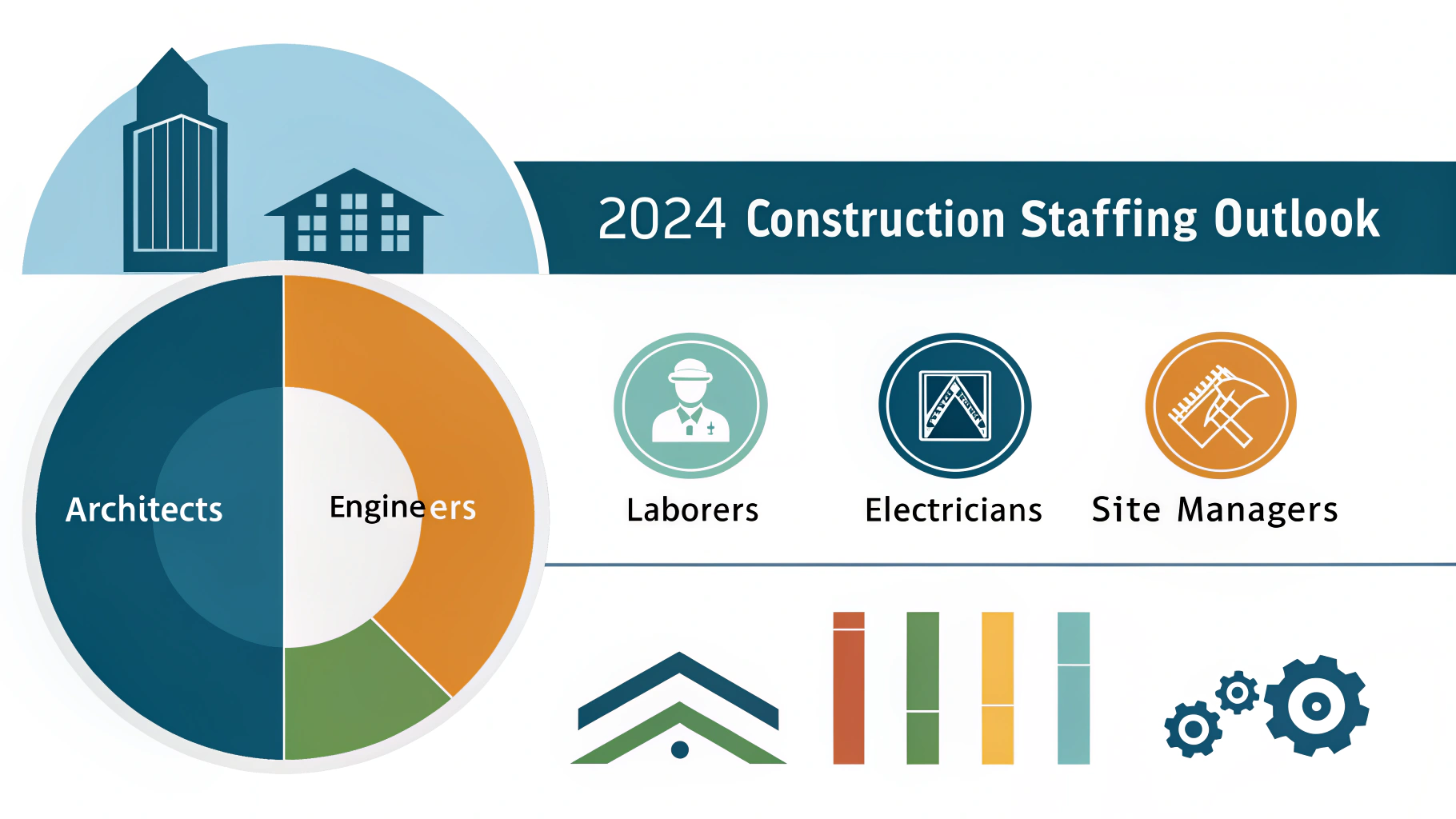2024 Construction Staffing: Agencies vs Platforms Guide
The construction industry faces a critical challenge in 2024: over 500,000 new workers are needed to meet demand, while 1 in 5 experienced employees retire 1. At the same time, technology is reshaping hiring needs with tools like AI and drones now require workers who can analyze data and operate smart systems. This guide explores how construction staffing agencies and digital platforms offer solutions, and how leaders can blend both to build resilient teams.

2024 Construction Staffing Strategies
Labor Shortages Meet Tech-Driven Solutions
Retiring baby boomers are leaving gaps in specialized skills like drone operation and AI project management, just as monthly job openings surge past 20,000 roles 2. Younger workers often lack training in these areas, creating a skills contradiction. Residential and infrastructure projects drive hiring, but companies struggle to find workers who combine technical know-how with hands-on experience.
When Technology Changes the Hiring Game
Drones and robotics reduce some manual labor needs but require workers fluent in remote monitoring software. For example, Kiewit Corporation uses VR to train excavator operators 40% faster than traditional methods. This proves tech’s role in closing skill gaps 3.

These tools help companies do more with fewer workers, but only if teams adapt quickly.
Agency vs Platform Showdown
Speed: Why Timing Matters
Platforms like Workrise fill roles in 2–4 days versus agencies’ 6–8 weeks, which often involve thorough vetting for complex roles. Turner Construction spent two months sourcing a hospital project BIM manager through an agency, which platforms couldn’t match due to niche expertise 4.
Costs: Hidden Savings and Risks
Platforms cut costs by 25–50% through automated matching, but agencies prevent expensive mistakes. A Midwest builder avoided $120,000 in OSHA fines by using an agency’s pre-vetted, safety-certified workers .

While platform fees are lower, agencies handle payroll taxes and worker comp. This is critical for compliance-heavy projects.
Compliance: New Rules for 2024
Strict Department of Labor rules now require classifying workers as employees if companies control schedules or equipment. Agencies manage these risks through automated tax filings and I-9 verification, reducing errors by 73% 5.

Platforms offer real-time certification tracking but shift liability to employers.
Tech’s Role in Modern Construction Staffing
AI Predicts Hiring Needs
Tools like Bridgit analyze weather and permit data to forecast staffing needs 11% more accurately than manual methods, which helps schedulers avoid delays .

Blockchain Verifications Speed Hiring
New systems verify electrician licenses and safety certifications in under 2 hours instead of 5 days, a game-changer for urgent projects 6.
When to Choose Agencies or Platforms
Agencies Excel For:
- Long-term projects needing niche skills (e.g., seismic building upgrades)
- High-compliance sites like federal contracts
Platforms Win For:
- Short-term surges (e.g., concrete pouring crews)
- Remote sites needing local hires
Blended Success: Hensel Phelps combined both for Denver Airport’s expansion:
Navigating 2024’s Regulatory Shift
The DOL now fines companies $10,000 average per misclassification violation. Key factors include:
-
Control: Who sets work hours?
-
Equipment: Does the worker supply tools?
-
Project vs Ongoing Work

Agencies mitigate risks through state-specific compliance, like Texas’ mandatory workplace violence posters 5.
The Future of Construction Staffing
Leaders who combine agencies and platforms see 68% higher project completion rates than those relying on one model. Use agencies for expertise and compliance, and platforms for speed and cost control. As AI improves, expect platforms to handle more complex roles while agencies adopt predictive tools for faster hires.

The stakes are clear: Firms ignoring hybrid staffing risk 30% longer delays by 2026. Flexibility is no longer optional, it’s a lifeline.

